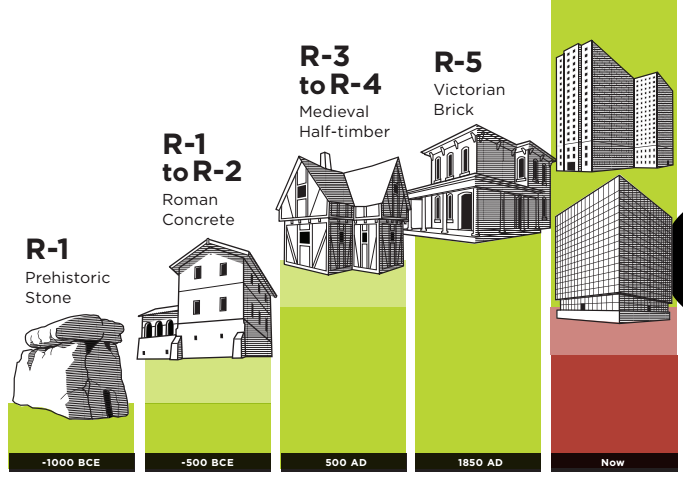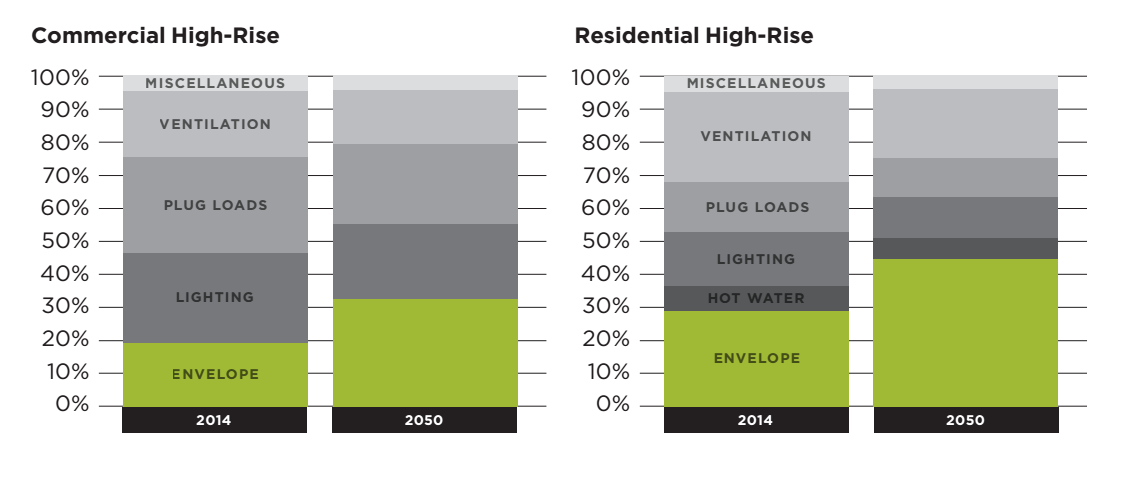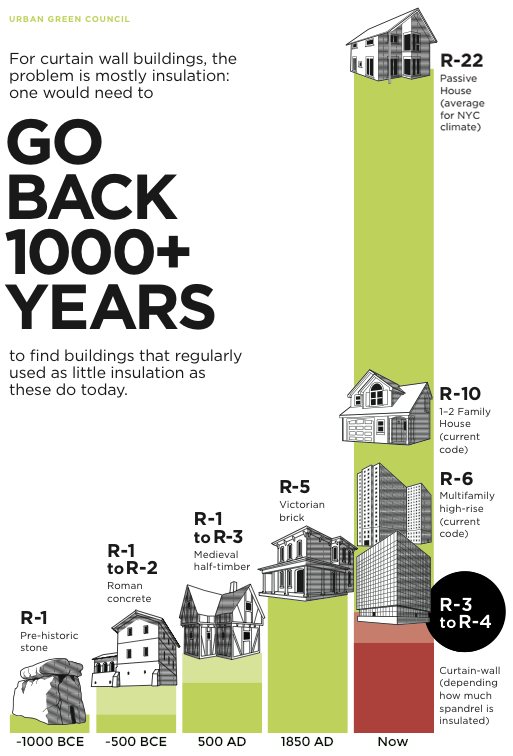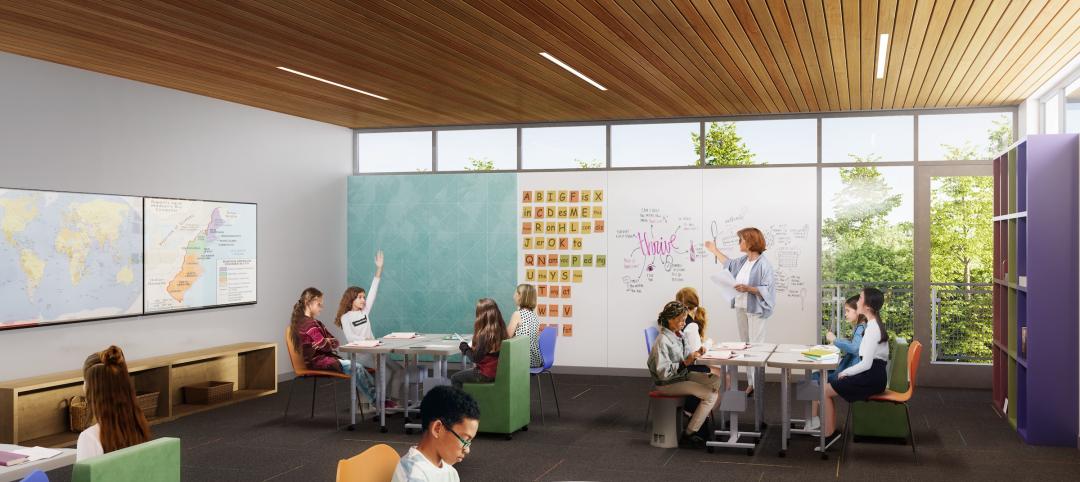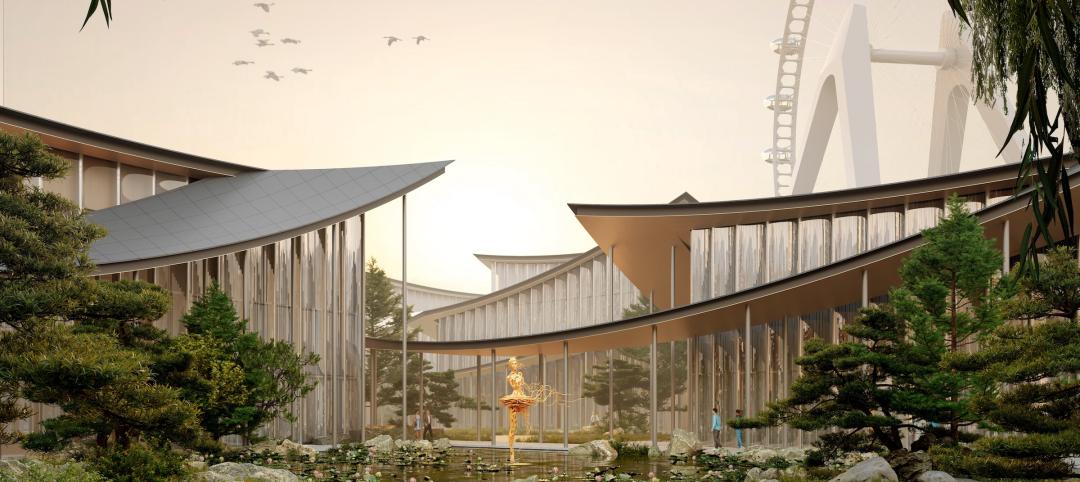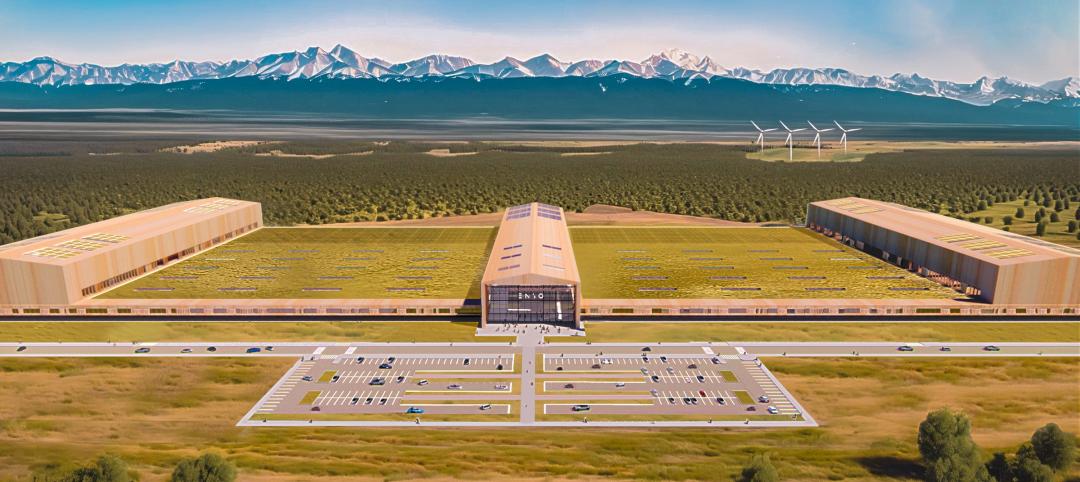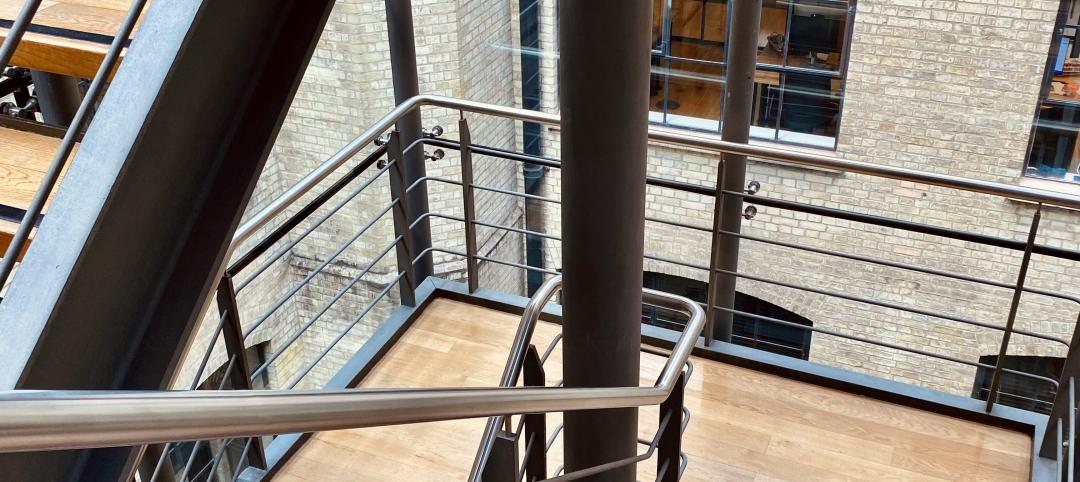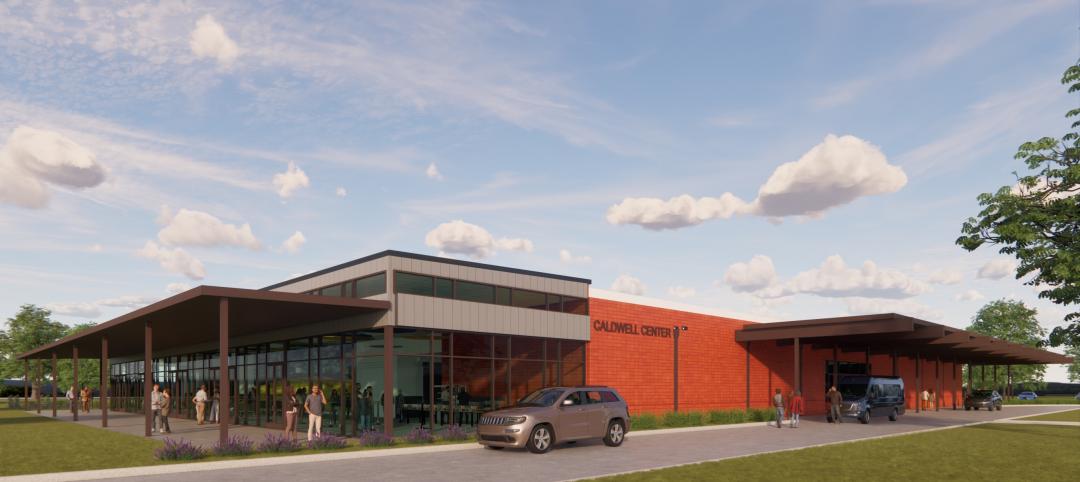“Green” construction in the U.S. has mostly been on a fad diet – one where trimming energy consumption is focused on the present but not the long run. That is the conclusion that New York-based nonprofit Urban Green Council found in their research on “high cholesterol buildings.”
The research is aptly named because how many buildings are insulated today focus more on how aesthetically pleasing the building will look, and all the green technology is clustered into what HVAC and other mechanical systems will the building be equipped with.
One example of such a trade-off of aesthetics and actual sustainability is in the selection of a building’s envelope: subpar walls, windows and roofs. “Unlike mechanical systems like air conditioners and ventilation fans, a building’s envelope is one of its longest-lasting components,” the report says.
A curtain wall made out of, say, glass, a notoriously poor insulator, has been a popular material to design and construct a building. The final building with all floor-to-ceiling windows, as the report boldly says, is as poorly insulated as a building from over a millennium ago.
However, the envelope of a building outlives all the other components; as lighting and HVAC systems are replaced with new, more efficient ones, a poorly insulated envelope will drag down the building’s potential of being at its most energy-efficient (see chart below).
The research pushes for loopholes in building codes to be closed. Currently, most green standards focus more on reduction of net energy consumption, hence, they make a trade-off where “they add more glass and make up for it with superior mechanical systems,” because floor-to-ceiling windows are a great selling or renting point and are in high demand.
Other recommendations the Council makes are for better glass, better design, and better training of contractors and subcontractors to stress on air sealing and elimination of thermal breaks.
The full report can be read in PDF here.
Related Stories
K-12 Schools | Aug 29, 2024
Designing for dyslexia: How architecture can address neurodiversity in K-12 schools
Architects play a critical role in designing school environments that support students with learning differences, particularly dyslexia, by enhancing social and emotional competence and physical comfort. Effective design principles not only benefit students with dyslexia but also improve the learning experience for all students and faculty. This article explores how key design strategies at the campus, classroom, and individual levels can foster confidence, comfort, and resilience, thereby optimizing educational outcomes for students with dyslexia and other learning differences.
Museums | Aug 29, 2024
Bjarke Ingels' Suzhou Museum of Contemporary Art conceived as village of 12 pavilions
The 60,000-sm Suzhou Museum of Contemporary Art in Suzhou, Jiangsu, China recently topped out. Designed by Bjarke Ingels Group (BIG), the museum is conceived as a village of 12 pavilions, offering a modern interpretation of the elements that have defined the city’s urbanism, architecture, and landscape for centuries.
Adaptive Reuse | Aug 28, 2024
Cities in Washington State will offer tax breaks for office-to-residential conversions
A law passed earlier this year by the Washington State Legislature allows developers to defer sales and use taxes if they convert existing structures, including office buildings, into affordable housing.
Industrial Facilities | Aug 28, 2024
UK-based tire company plans to build the first carbon-neutral tire factory in the U.S.
ENSO, a U.K.-based company that makes tires for electric vehicles, has announced plans to build the first carbon-neutral tire factory in the U.S. The $500 million ENSO technology campus will be powered entirely by renewable energy. The first-of-its-kind tire factory aims to be carbon neutral without purchased offsets, using carbon-neutral raw materials and building materials.
Architects | Aug 28, 2024
KTGY acquires residential high-rise specialist GDA Architects
KTGY, an award-winning design firm focused on architecture, interior design, branded environments and urban design, announced that it has acquired GDA Architects, a Dallas-based architectural firm specializing in high rise residential, hospitality and industrial design.
K-12 Schools | Aug 26, 2024
Windows in K-12 classrooms provide opportunities, not distractions
On a knee-jerk level, a window seems like a built-in distraction, guaranteed to promote wandering minds in any classroom or workspace. Yet, a steady stream of studies has found the opposite to be true.
Building Technology | Aug 23, 2024
Top-down construction: Streamlining the building process | BD+C
Learn why top-down construction is becoming popular again for urban projects and how it can benefit your construction process in this comprehensive blog.
Airports | Aug 22, 2024
Portland opens $2 billion mass timber expansion and renovation to its international airport
This month, the Portland International Airport (PDX) main terminal expansion opened to passengers. Designed by ZGF for the Port of Portland, the 1 million-sf project doubles the capacity of PDX and enables the airport to welcome 35 million passengers per year by 2045.
Adaptive Reuse | Aug 22, 2024
6 key fire and life safety considerations for office-to-residential conversions
Office-to-residential conversions may be fraught with fire and life safety challenges, from egress requirements to fire protection system gaps. Here are six important considerations to consider.
Resiliency | Aug 22, 2024
Austin area evacuation center will double as events venue
A new 45,000 sf FEMA-operated evacuation shelter in the Greater Austin metropolitan area will begin construction this fall. The center will be available to house people in the event of a disaster such as a major hurricane and double as an events venue when not needed for emergency shelter.


